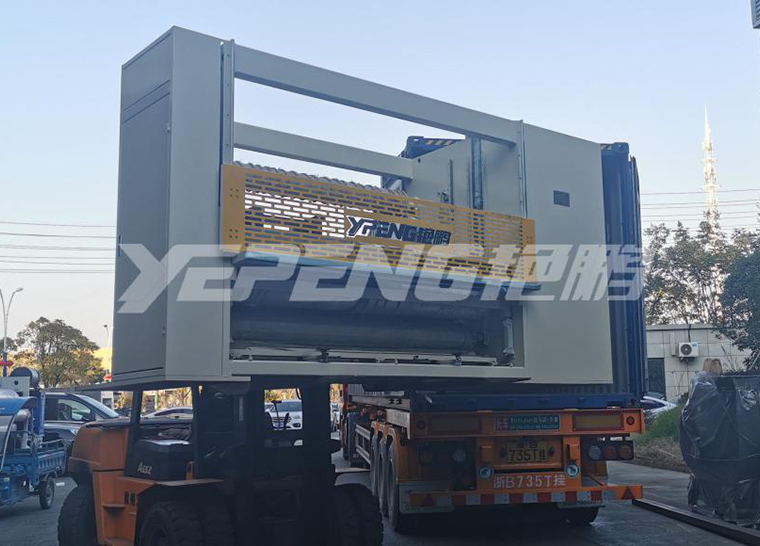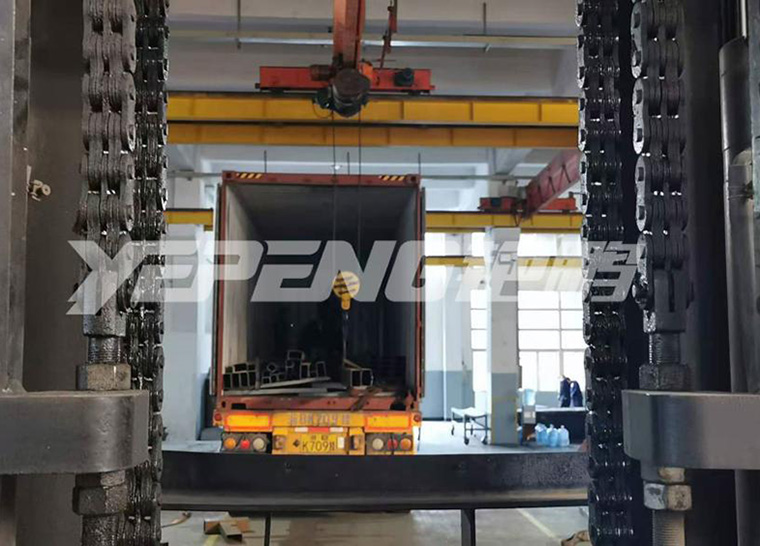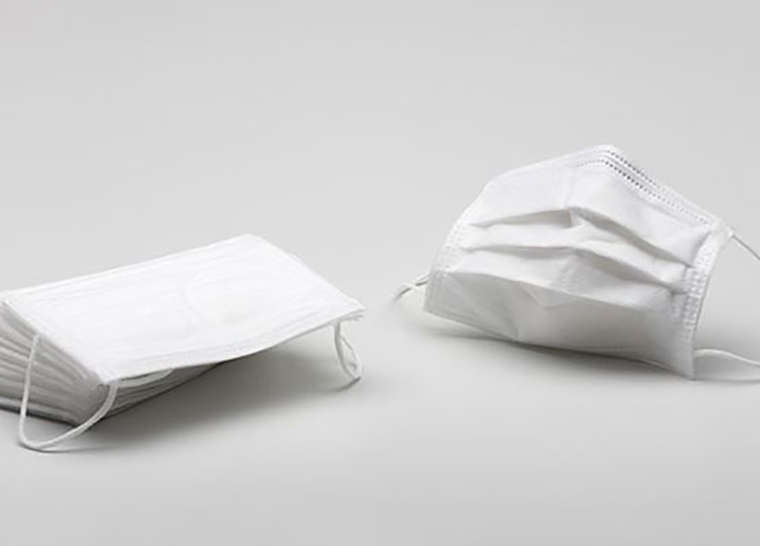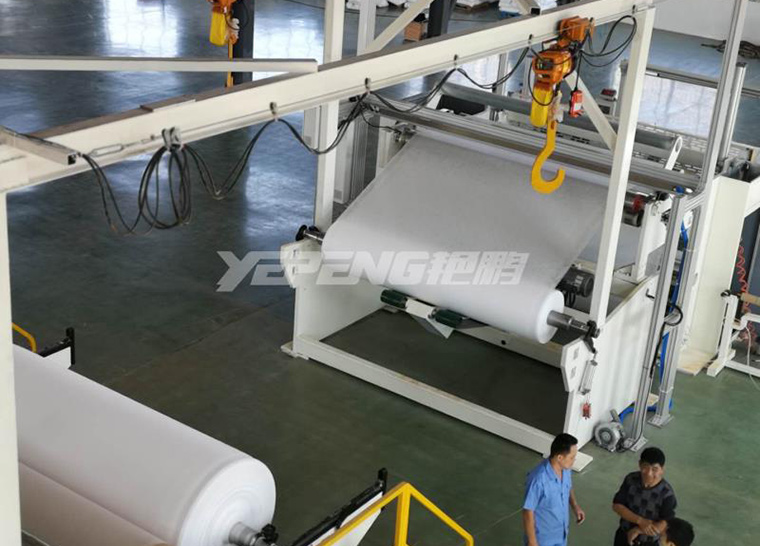
Zhejiang Yanpeng Nonwoven Machinery Co.,Ltd.---A professional non woven production line Manufacturer
11. 2020
Quick service response time
Provide 7x24 hours of uninterrupted
service for you
Professional one to one customer service
Escort your production
Address: Wanchuan Road, Binhai New District, Pingyang County ,Zhejiang, China
Tel: 0086-577-58198758
Fax: 0086-577-58198759
Fill in your project information
As a new type of covering and heat preservation material, non-woven fabric has been used in greenhouse vegetable production and achieved good economic benefits.
The common specifications are as follows:
Material: 100% polypropylene
Gram weight: 10-50g / m2
Width: 160 / 240 / 320cm / splicing width: 6.25m-16m
Color: Black / white
Roll length: small roll, such as 25m / roll, 50M / roll or customized according to customer requirements
Package: transparent stretch film + Color Manual
Advantages of non woven thermal insulation materials
1. Heat preservation: the long wave light transmittance of non-woven fabric is lower than that of plastic film. Because the heat dissipation of radiation area at night mainly depends on long wave radiation, so the effect of covering heat preservation is outstanding.
2. Air permeability and humidity control: the non-woven fabric is made up of filaments, which has high porosity and can be air permeability, water permeability and automatic humidity control.
3. Shading and cooling: covered with colored non-woven fabric, it has the effect of shading and cooling. Different colors of non-woven fabrics have different shading and cooling effects. The shading effect of black is better than that of yellow, and that of yellow is better than that of blue.
4. anti-aging: Agricultural non-woven fabrics after anti-aging treatment, cloth thicker strength loss rate is lower. Through the application practice of vegetable farmers
Non woven fabrics are mainly used in the production of greenhouse vegetables in the following aspects:
(1) It is used as "two-way" thermal insulation material at the bottom of straw mulch. The surface of greenhouses in many shantytowns is not only covered with straw mulch, but also added a layer of non-woven fabric at the bottom of straw mulch. According to vegetable farmers, by adding "two layers" of thermal insulation materials (non-woven fabrics), the thermal insulation performance of the shed can be significantly improved, which is 2 ℃ - 3 ℃ higher than that of simple straw mulching, which is conducive to the growth of vegetables. In addition, the application of non-woven fabric in the shed with roller shutter machine can also protect the grass cover and prolong its service life.
(2) The rainproof material used on the back wall of solar greenhouse as "slope protection" is sewn together with several pieces of non-woven fabrics to wrap the whole back wall and fix it with steel wire, which can reduce the heat loss of the back wall; it can prevent rain and snow, protect the wall; it can cover and weed, and reduce diseases and pests into the greenhouse.
(3) The non-woven fabric can be directly covered on the small arch shed in the arch shed, and the effect of heat preservation and cold prevention is outstanding.


11. 2020

11. 2020

11. 2020

10. 2020

